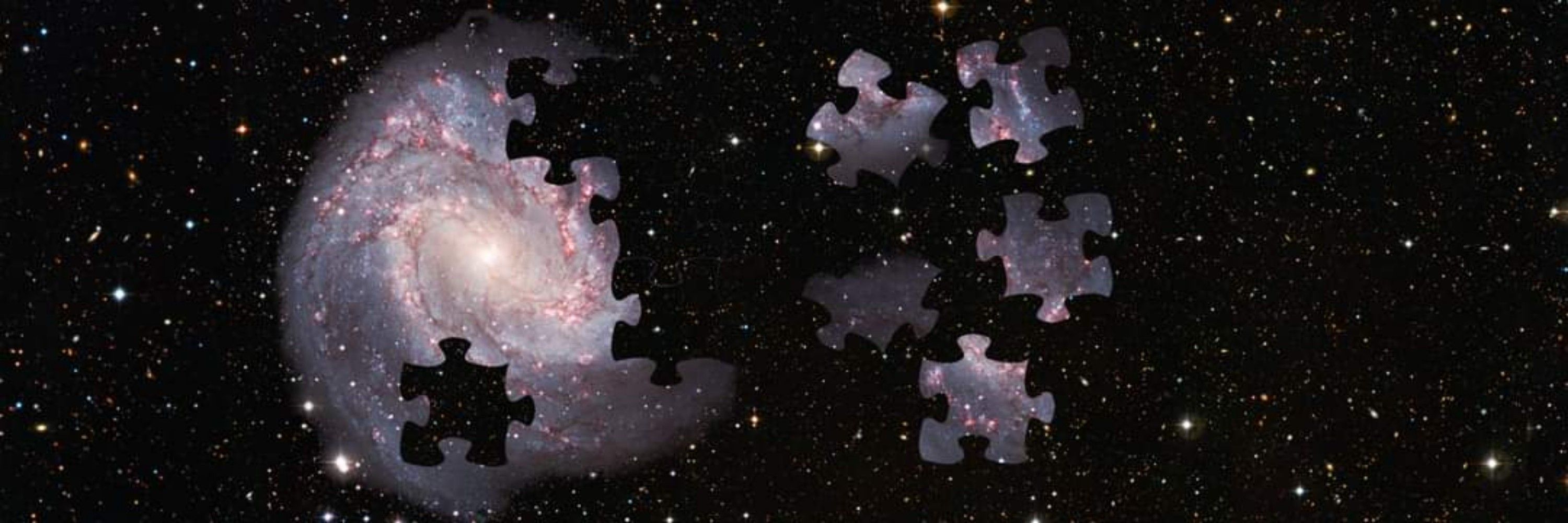
#astronomy #astrophysics #research #science #stars
https://linktr.ee/saga.team
cordis.europa.eu/project/id/1...

cordis.europa.eu/project/id/1...
We used projection maps created by the t-SNE dimensionality reduction algorithm applied directly to the spectra using pixels as dimensions
We used projection maps created by the t-SNE dimensionality reduction algorithm applied directly to the spectra using pixels as dimensions
⭐ For that, we use multiple instances of differential analysis done against samples of reference stars
⭐ For that, we use multiple instances of differential analysis done against samples of reference stars

